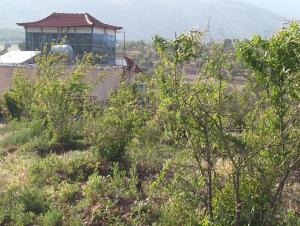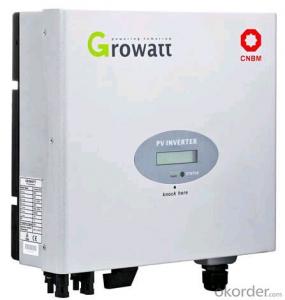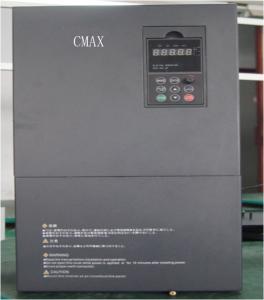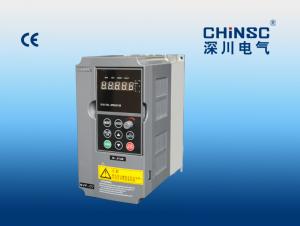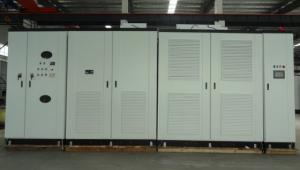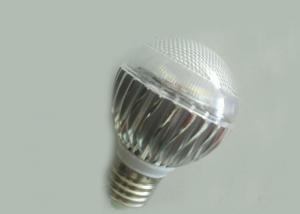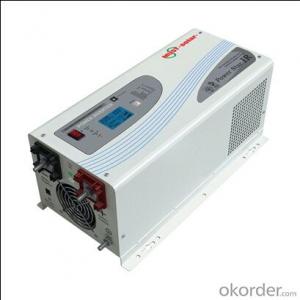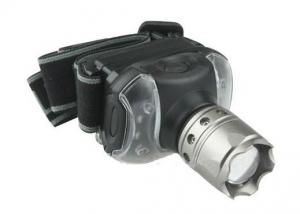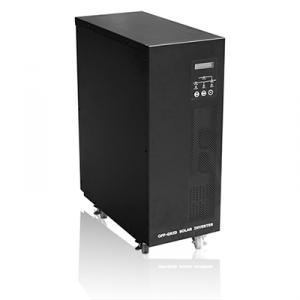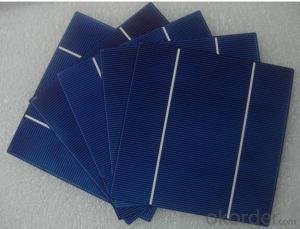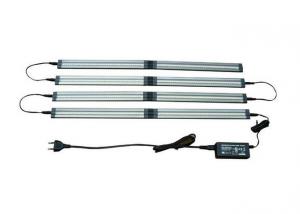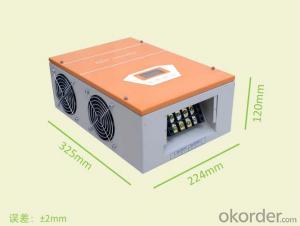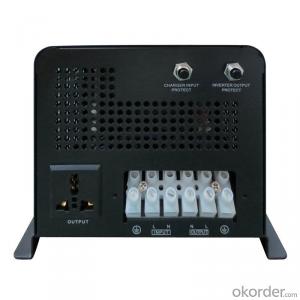Solar Inverter 3 Kw
Solar Inverter 3 Kw Related Searches
3kw Solar Inverter 3 Kilowatt Solar Inverter 3kw Inverter Solar 3 Kva Solar Inverter Solar Inverter 3kva 3kv Solar Inverter 3kva Solar Inverter Hybrid Solar Inverter 3kw China Solar Inverter 3kw 3kw Solar Hybrid Inverter 3 Kw Solar Inverter Price 3kw Hybrid Solar Inverter Growatt Solar Inverter 3kw Solar Inverter 3kw 220v Best 3kw Solar Inverter 3k Solar Inverter On Grid Solar Inverter 3kw Solar 3 Phase Inverter 3kw Solar Inverter Price 3 Phase Inverter Solar Solar Power 3 Phase Inverter Off Grid Solar Inverter 3kw 3 Phase Solar Inverter 3 Phase Solar Power Inverter 3kva Hybrid Solar Inverter Solar Inverter 3000w 3kw Off Grid Solar Inverter 3 Phase Solar Battery Inverter Solar Power Inverter 3000w Solar Inverter 3 PhaseSolar Inverter 3 Kw Supplier & Manufacturer from China
Solar Inverter 3 Kw is a crucial component in solar energy systems, responsible for converting the direct current (DC) generated by solar panels into alternating current (AC) that can be used by electrical appliances and fed into the power grid. This product is designed to handle the power conversion efficiently, ensuring optimal energy utilization and performance.The 3 Kw solar inverter is widely used in residential and small-scale commercial settings, where it plays a vital role in managing the energy generated by solar panels. It is particularly suitable for systems with a total power output of around 3 kilowatts, making it an ideal choice for many homes and businesses looking to harness the power of the sun. By using this inverter, users can reduce their reliance on traditional energy sources and contribute to a more sustainable future.
Okorder.com is a reputable wholesale supplier of Solar Inverter 3 Kw, offering a vast inventory of this essential product to customers worldwide. With a commitment to quality and customer satisfaction, Okorder.com ensures that each solar inverter is thoroughly tested and meets the highest industry standards before being shipped to clients. This allows customers to have confidence in the performance and reliability of the Solar Inverter 3 Kw they receive, knowing that they are backed by the expertise and support of a trusted supplier.
Hot Products





